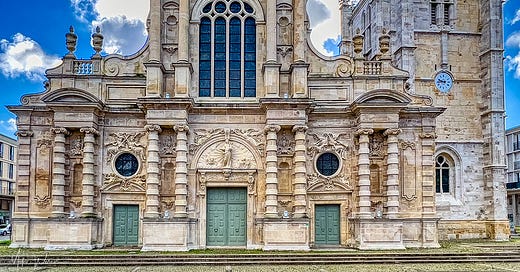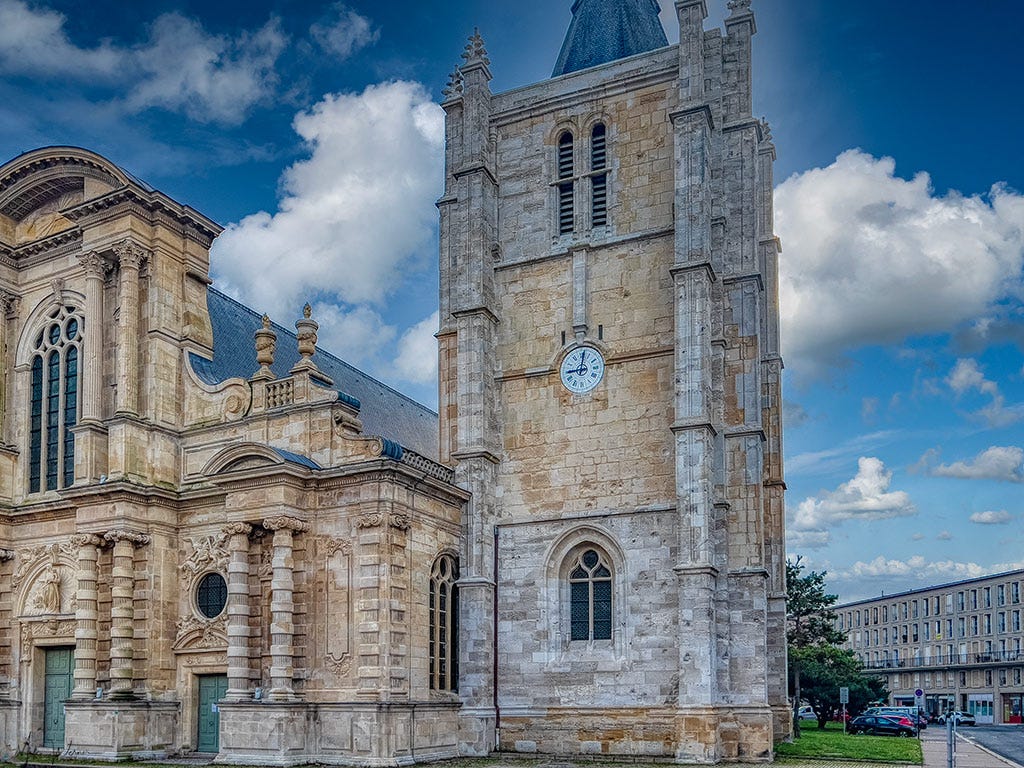The Notre-Dame du Havre Cathedral is a Roman Catholic church in Le Havre, France. The cathedral was founded in 1517 by King Francis I and was consecrated in 1575. It is the oldest of the very few buildings in central Le Havre to have survived the devastation of World War II. The cathedral was previously a parish church dating from the 16th and 17th centuries, and became a cathedral and the seat of the Bishop of Le Havre in 1974, when the diocese of Le Havre was created.
Click here to see where the cathedral is located on Google Maps
The belltower dates from around 1520. The belltower is 65 meters tall, and it was the tallest structure in Le Havre.
The main façade is Baroque.
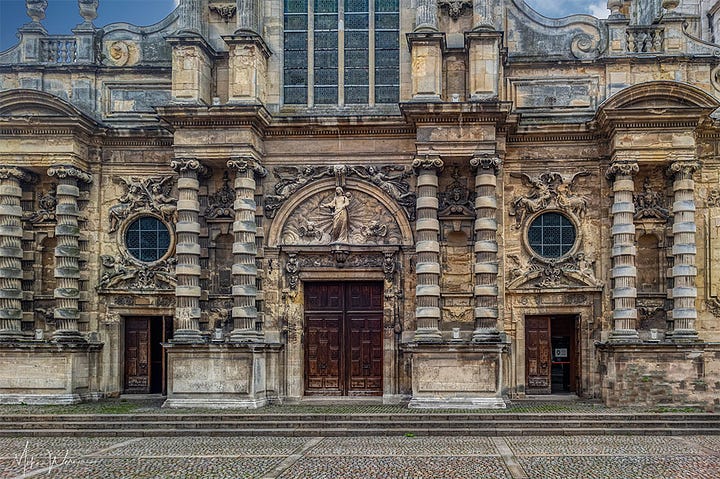
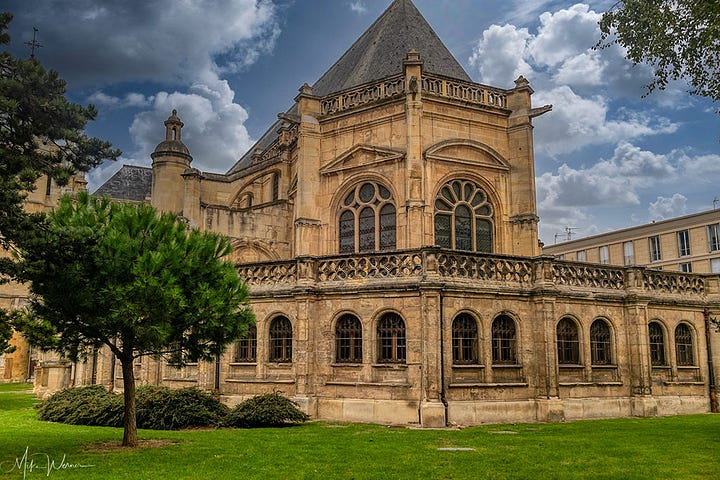
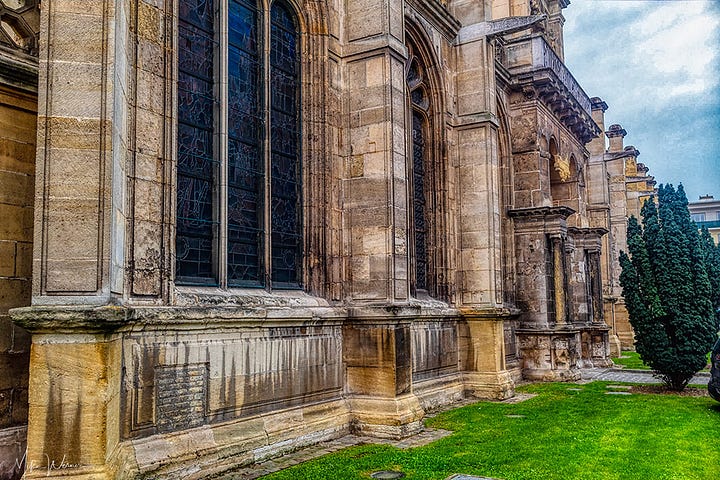
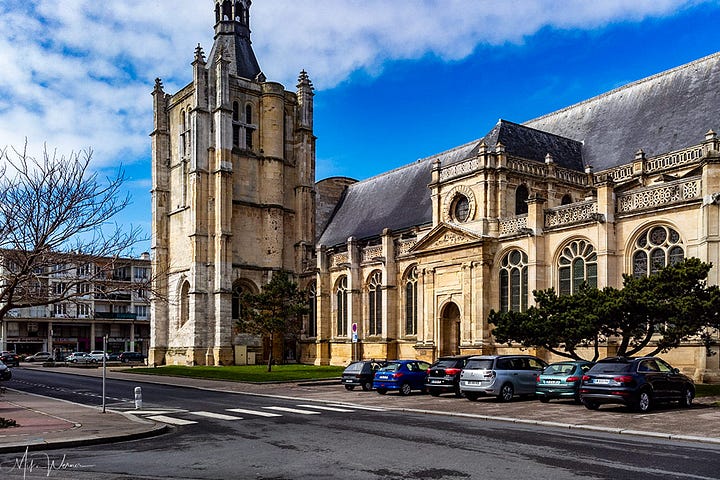
The building was kept unusually low because of the difficulties posed by the unstable ground. The cathedral has a nave and two aisles, with a transept and a choir.
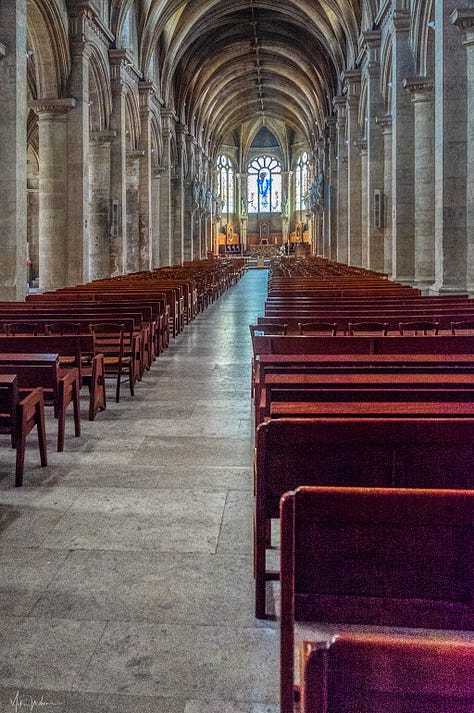
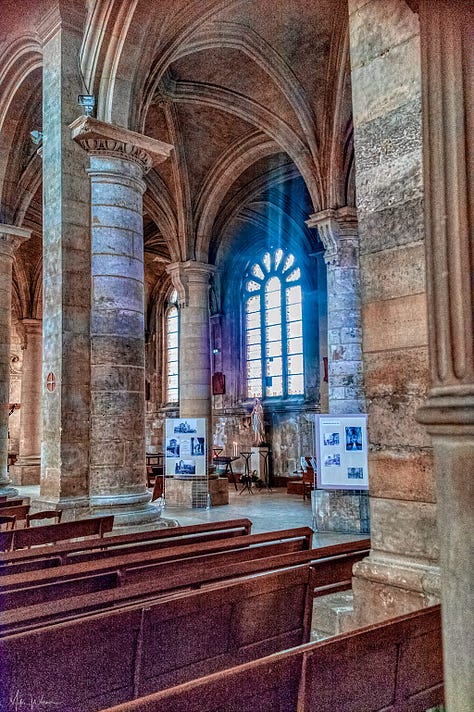
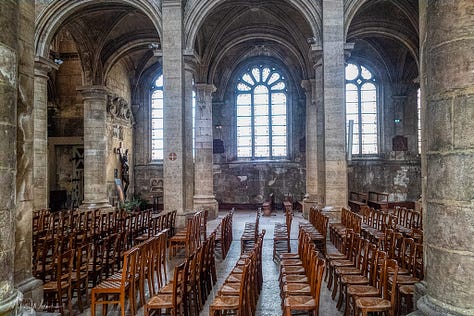
The choir is decorated with stained glass windows dating from the 19th century.
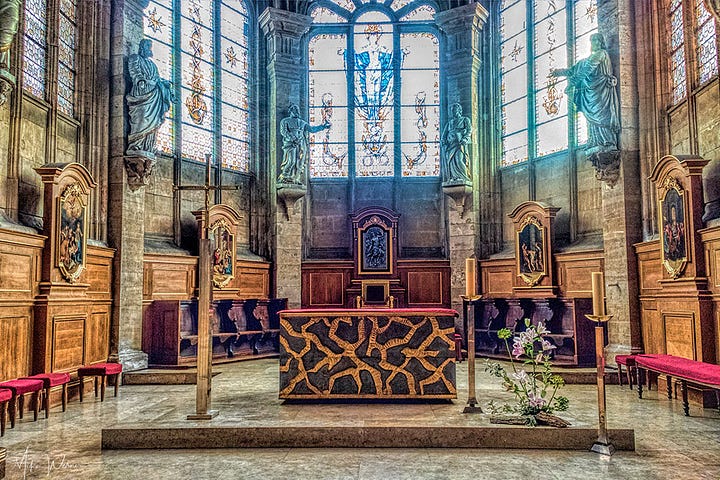
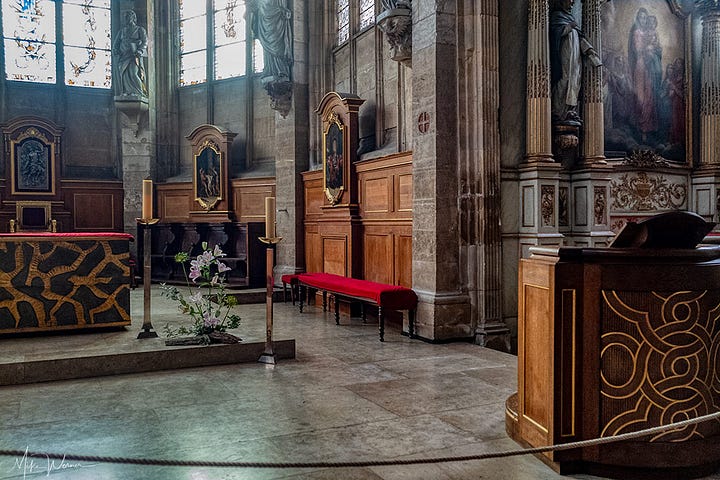
The cathedral was damaged during the Wars of Religion in the 16th century and then further damaged during the French Revolution in the 18th century. The cathedral was then heavily damaged during the bombing of Le Havre in 1944. The roof was destroyed, the windows were blown out, and the interior was badly damaged. However, the cathedral was restored in the 1950s and 1960s, and it is now one of the most important tourist attractions in Le Havre.

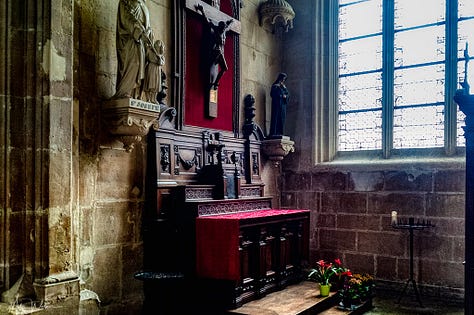

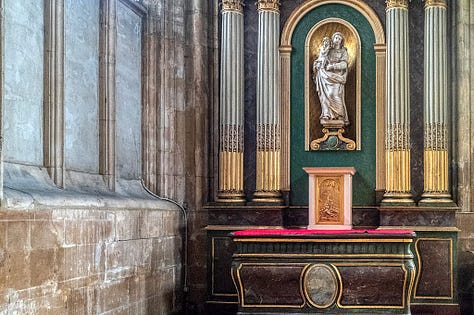
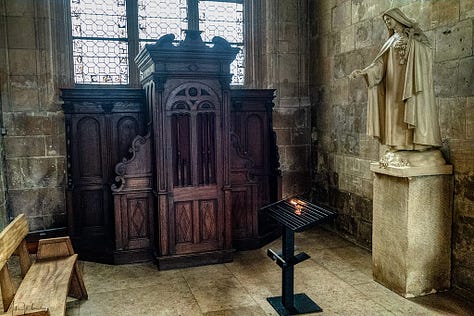
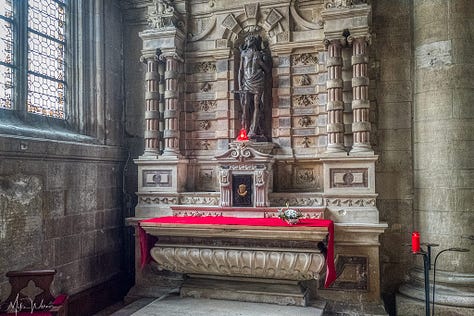
The cathedral is located in the heart of the city, near the Place de l'Hôtel de Ville. It is a short walk from the waterfront and the Old Town. The cathedral is open to the public for visits and for religious services.
Here are some interesting facts about the Notre-Dame du Havre Cathedral:
The cathedral's organ was a gift from Cardinal Richelieu in 1638. The organ has 5,000 pipes, and it is one of the largest organs in France.
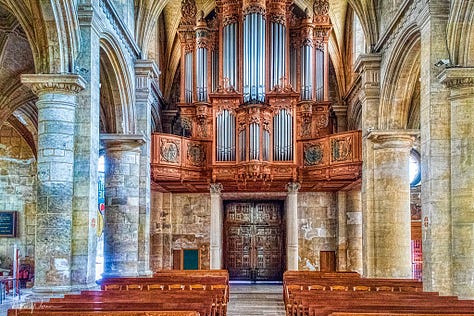
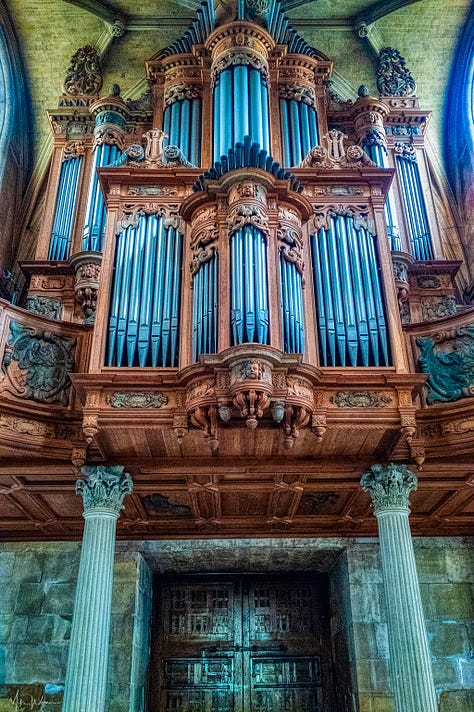
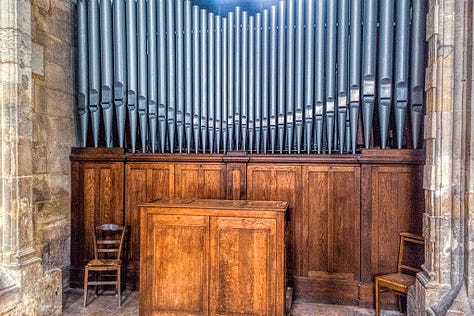
The cathedral's bells were melted down during the French Revolution, but they were recast in 1827.
The cathedral's stained glass windows were designed by Louis-Charles-Auguste Le Brun.
The cathedral was designated a UNESCO World Heritage Site in 2005.

